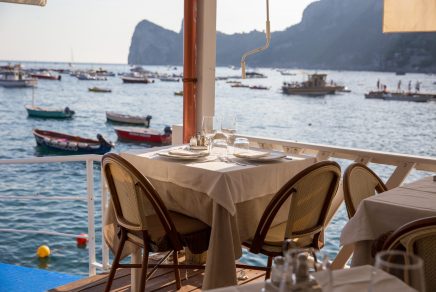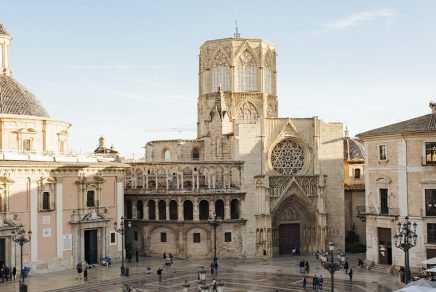Share the article
Barcelona’s medieval streets and beaches are beautiful but crowded. Madrid’s royal heritage is fascinating but increasingly expensive. What’s a Spain lover to do? Perhaps it’s time to head south to a tranquil Spanish autonomous region. Here, the complex Moorish heritage blends perfectly with idyllic beaches and delicious tapas, not to mention surprisingly reasonable prices. If you time your visit to southern Spain right, you can even ski in the Sierra Nevada and swim in the Mediterranean on the same day. This is thanks to the region’s diverse ecosystems and relatively short driving distances.
From Malaga to Seville, from the white villages to the vineyards, from the beautiful beaches to the mountains… Andalusia seems to hit all the right notes.
Take in the views in Ronda
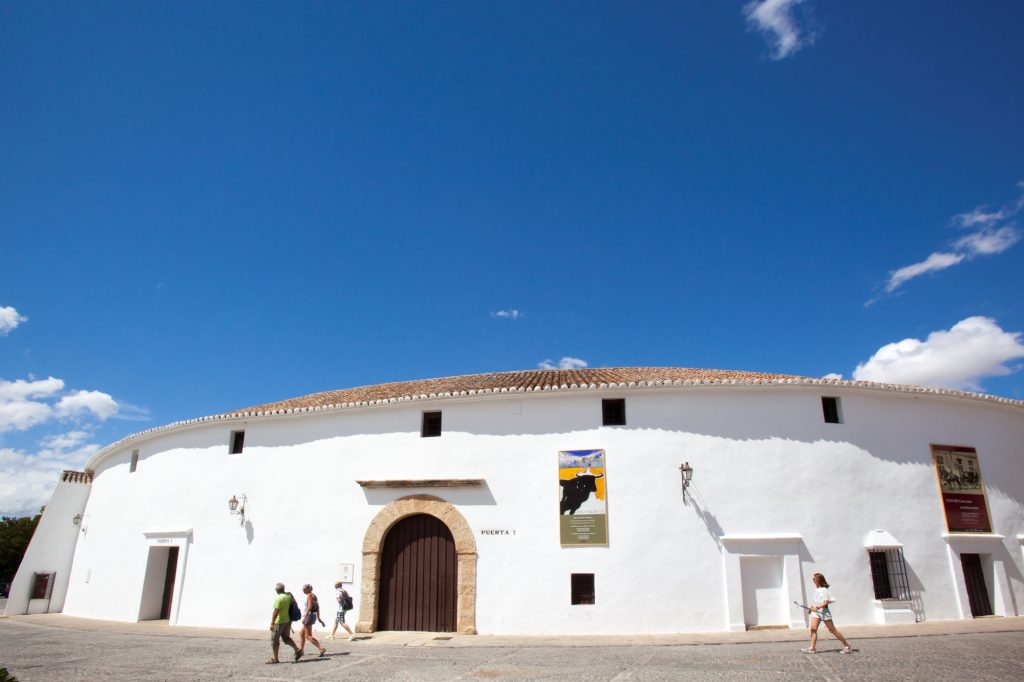
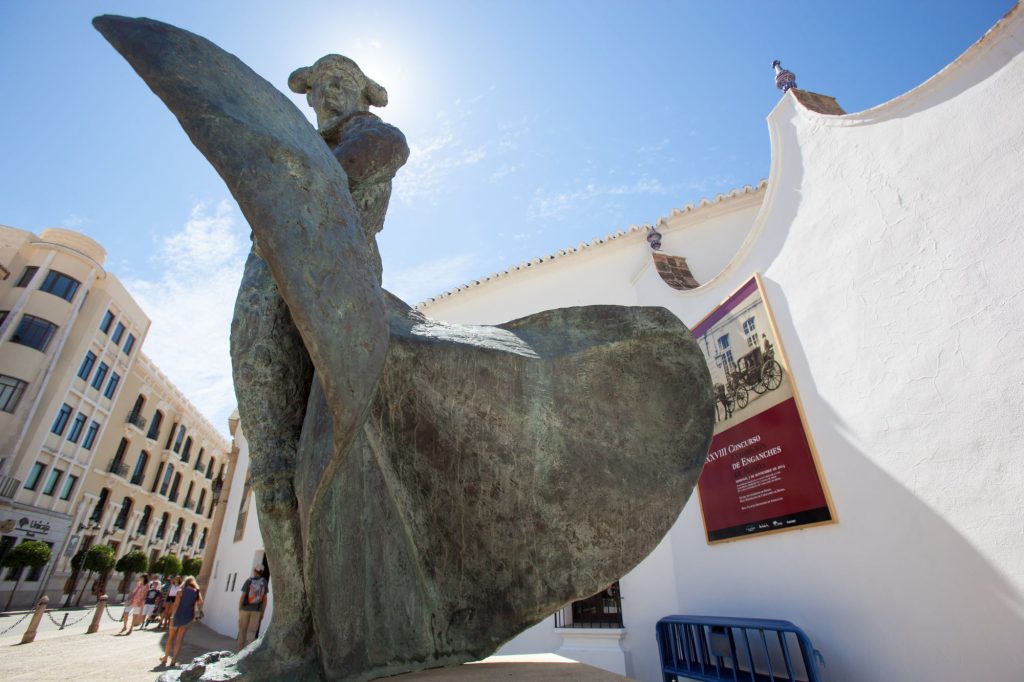
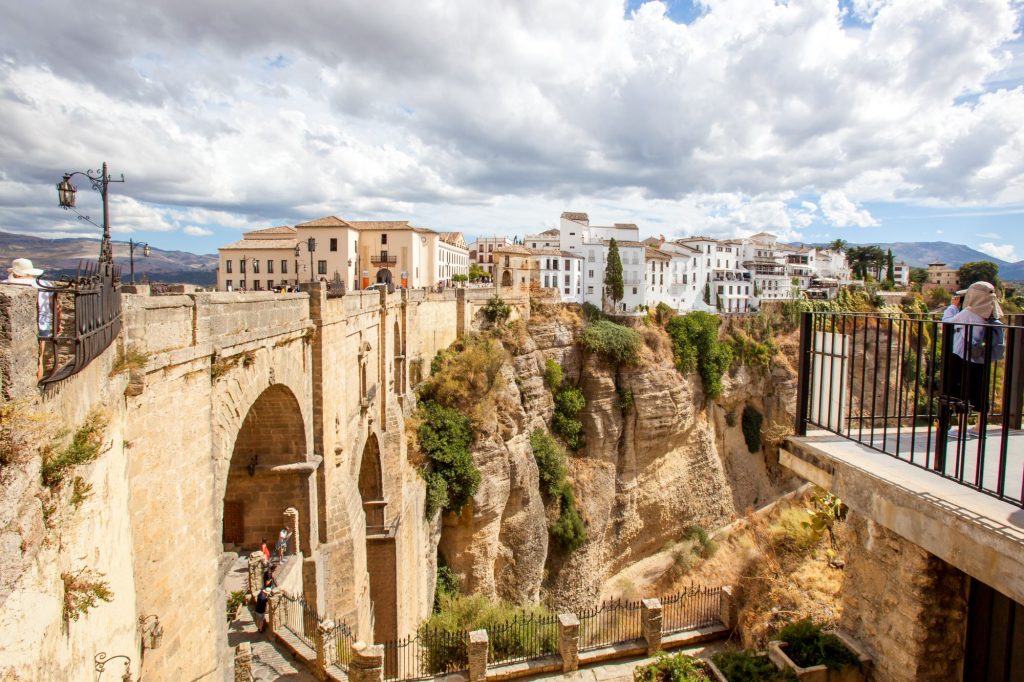
Most people have seen a picture of Ronda’s spectacular 100-meter-deep ravine crossed by the Puente Nuevo. Few, however, realize that this is actually one of the oldest cities in Spain. Much of its historic Old Town dates back to Moorish times, when Ronda was a wealthy and strategically located commercial center.
In addition, Ronda is home to a treasured 200-year-old bullfighting ring known as the Plaza de Toros, making it an undeniable must-see attraction in Andalucia.
Eat your way to Spain’s tapas in Granada
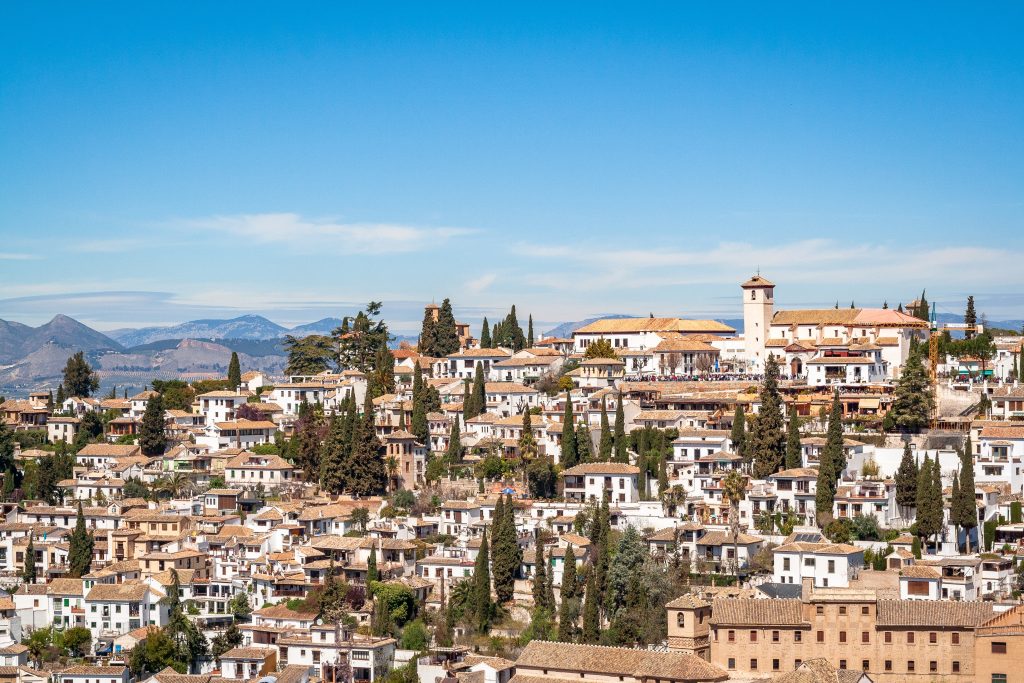
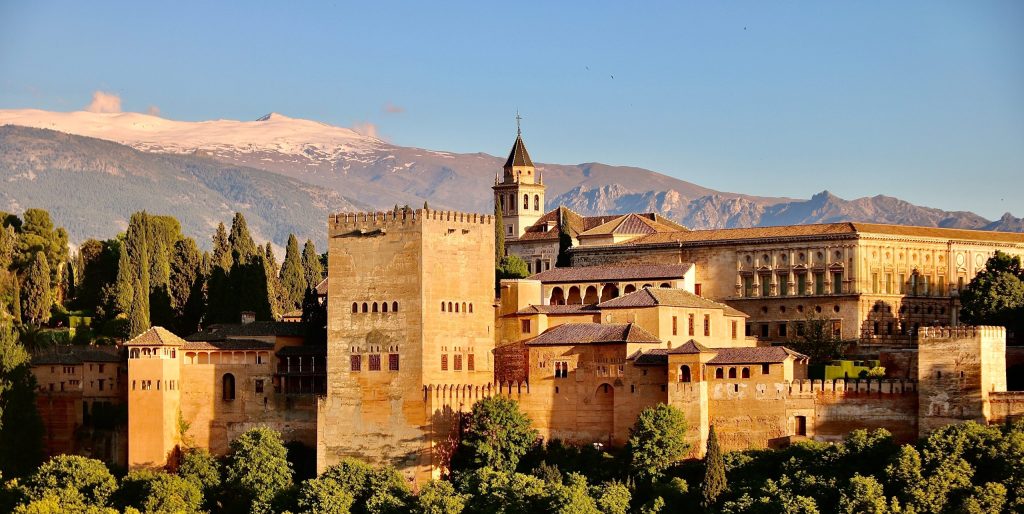
How about a free meal with your drink? What was once a fairly widespread practice throughout the country is now limited to Granada. As a matter of fact, this is partly due to an overflowing population of penniless students. Order a drink in any bar and there’s a good chance you’ll get a small tapas with it, completely free. For a truly local experience, try an Alhambra beer or a tinto de verano, a red wine-based cold drink not unlike sangria.
A trip to Granada is not complete without a visit to the famous Alhambra. Constructed in the 14th century by the Nasrid sultans of Granada, it’s now a UNESCO World Heritage site. The “Red Fortress” is the largest Islamic palace in Spain and one of the country’s most iconic sites. Perched at the foot of the snow-capped Sierra Nevada mountain range, it boasts lush gardens where fountains trickle and exotic birds sing, walled by a seemingly never-ending succession of royal suites with intricately carved ornamentation. The Generalife Gardens, the Palacios Nazaríes, and the Patio de Los Leones are among the Alhambra’s most notable sights.
Fun fact: This is where Christopher Colombus received royal endorsement from Ferdinand II of Aragon and Isabella I of Castile for his famous First Voyage in 1492, which would begin the European colonization of the New World.
Some of the other things to do in Granada:
- Sacromonte district, known for its cave houses and lively flamenco culture. Experience the heart of Andalucian music and dance by attending a traditional flamenco show in one of the many intimate caves.
- The Royal Chapel and the Cathedral of Granada, the final resting place of the Catholic Monarchs Ferdinand and Isabella. You’ll find the impressive Granada Cathedral nearby, a stunning example of Spanish Renaissance architecture.
- Granada’s historic Moorish quarter, the Albayzín. This labyrinthine neighborhood features narrow streets, whitewashed buildings, and stunning viewpoints. You can enjoy panoramic views of the Alhambra and the city below.
See a flamenco show
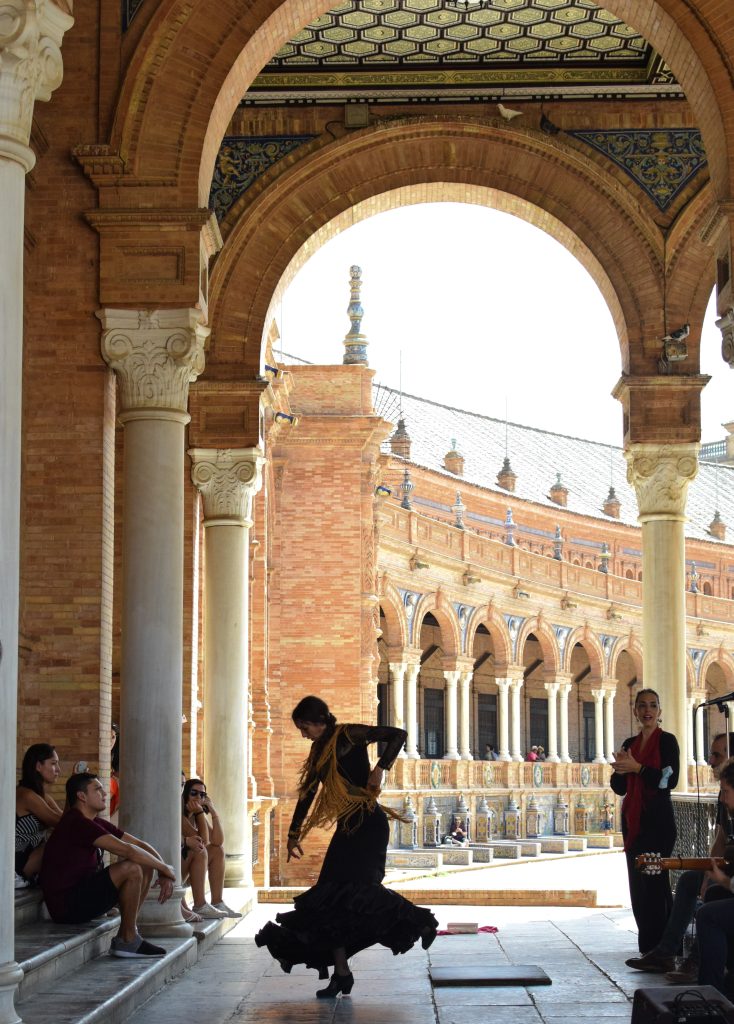
Speaking of flamenco shows, did you know that in 2010, the dance was named a World Intangible Cultural Heritage by the UNESCO? Given that for more than 200 years, flamenco has been an integral part of the Andalucian identity. The rapid rhythm of the shoes clicking on the wooden floor, the swish of the dancer’s inevitable red tiered dress, the visceral wail of the seemingly heartbroken singer; without these three elements, flamenco simply doesn’t exist.
If indeed you’re looking for an authentic place to see a live flamenco show in Andalucia, here are a few options to consider:
- Casa de la Guitarra, Seville
- Centro Flamenco Fosforito, Cordoba
- Tablao Álvarez Quintero, Seville
- Jardines de Zoraya, Granada
- Museo del Baile Flamenco, Seville
- Casa del Flamenco, Seville
- Museo de la Guitarra, Almeria
Cross over to Gibraltar (well, it’s almost in Andalucia…)
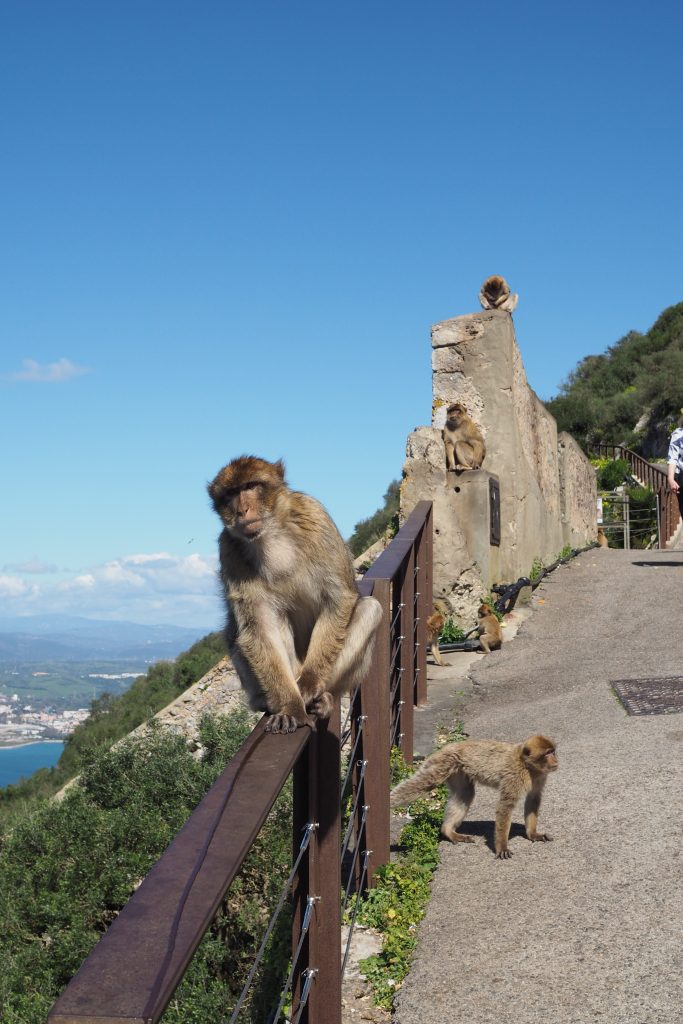
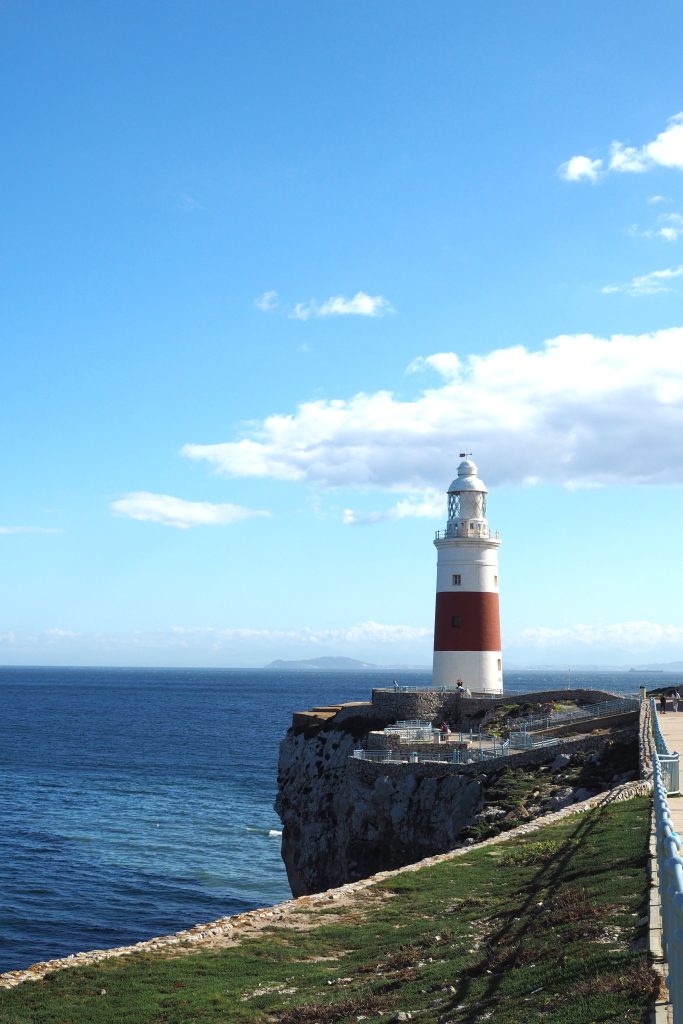
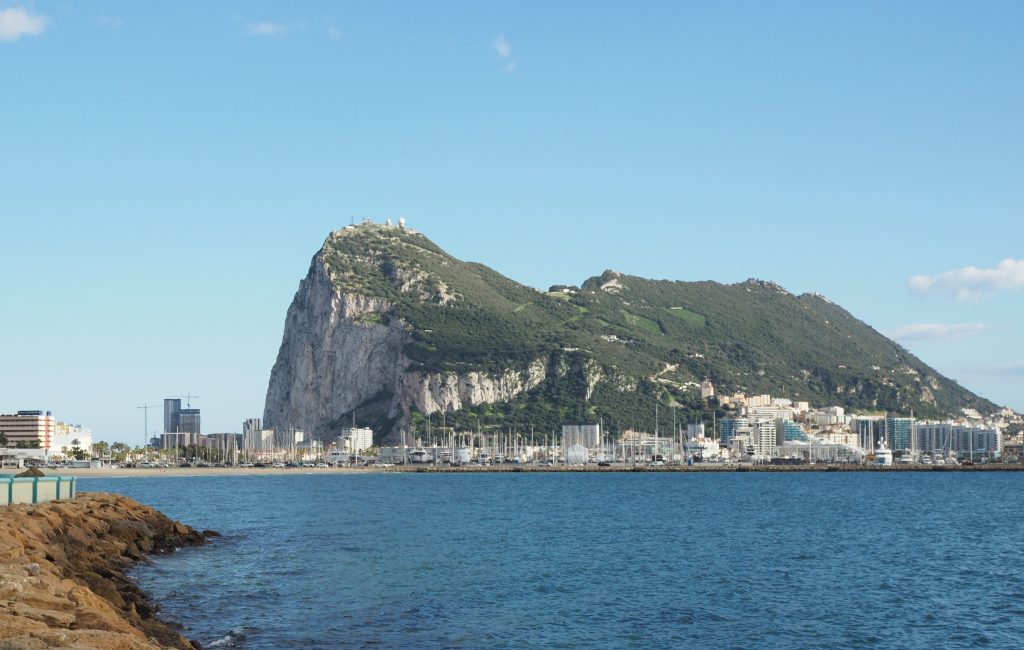
As British writer Laurie Lee so eloquently puts it, “Gibraltar is a piece of Portsmouth cut off and towed 500 miles south.”
In order words, the towering limestone peninsula at the southernmost tip of Spain rises dramatically from the strait of Gibraltar, dotted with seemingly English-looking pubs and incongruous red phone boxes. The still-active British outpost is of strategic importance, as it overlooks both the European and African continents from its peak of 426 meters above sea level. In addition to the striking panoramas, “the Rock” is famous for its population of surprisingly extroverted Barbary macaques. Grab a beer, hop on the gondola, meet the monkeys, and you’re good to go.
Tour the Pueblo Blancos
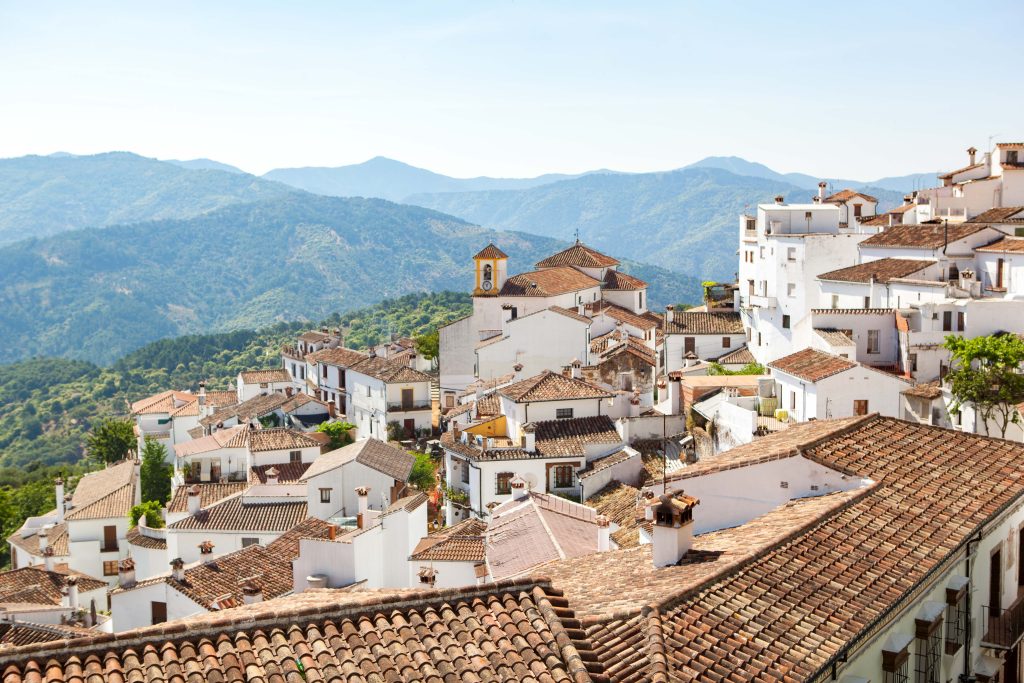
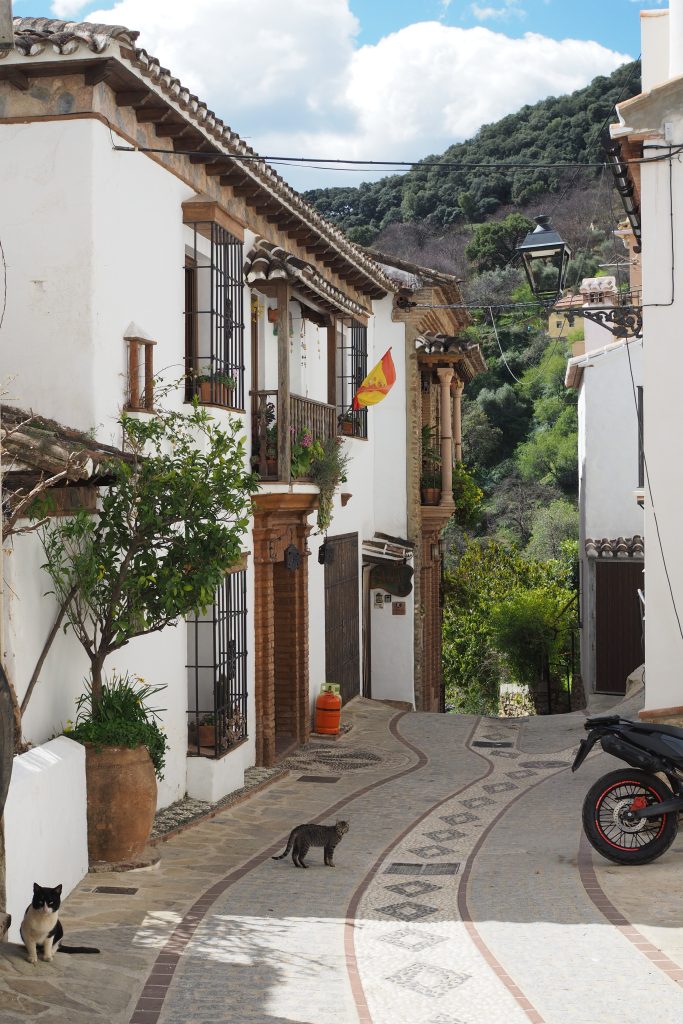
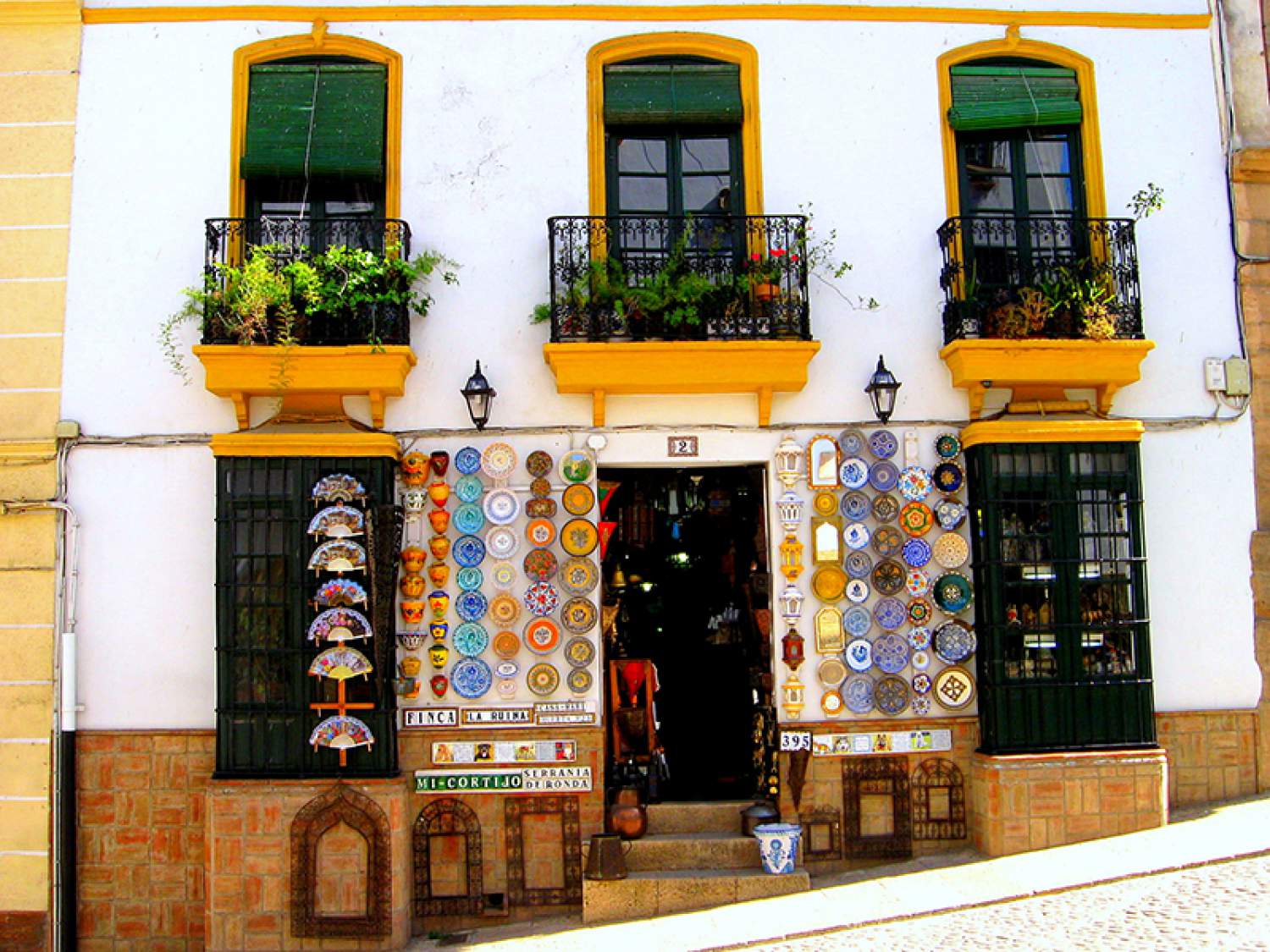
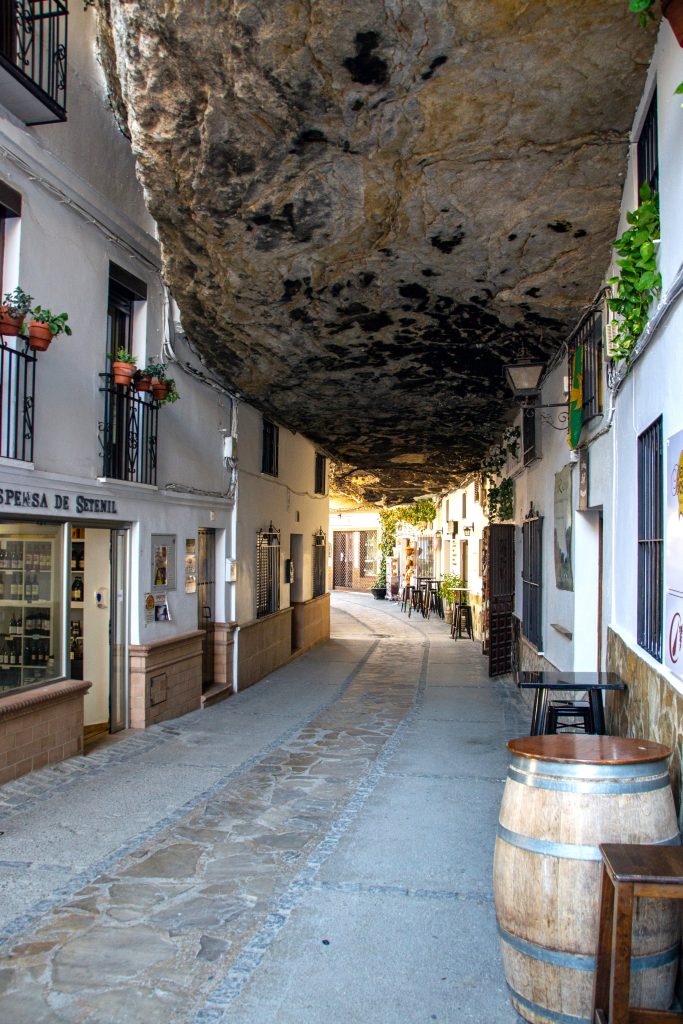
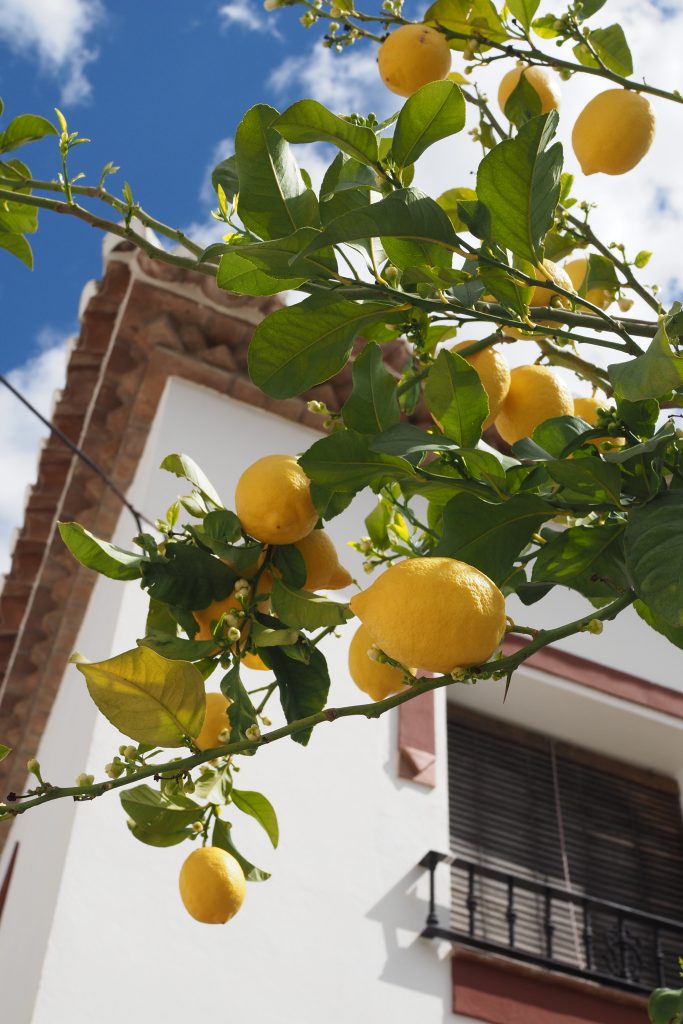
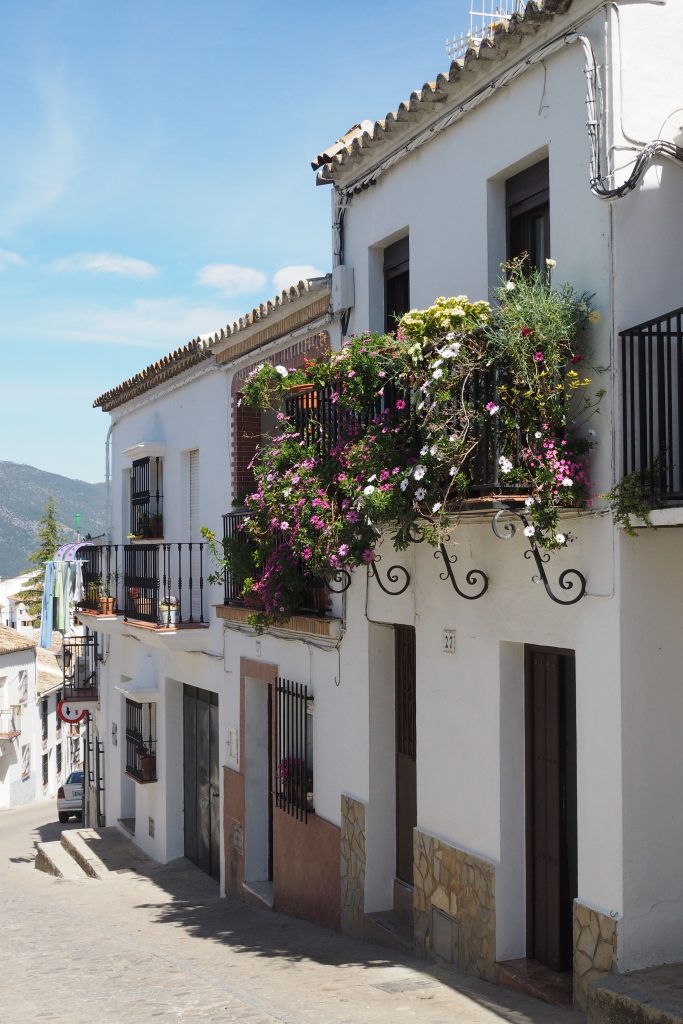
The Pueblos Blancos (white villages) are a collection of picturesque towns and villages scattered throughout the rolling hills and mountains of Andalucia. Their foundation date back to the Moorish occupation of Spain, as many were originally founded by the Moors and later reconquered by Christian forces during the Reconquista. This rich history is reflected in the unique architecture of the villages, with a mixture of Moorish, Spanish and even Roman influences that transports visitors to another time. The whitewashing of the buildings of their old town is a practical solution to the scorching Andalucian sun, and by the same token, also gives these villages their iconic appearance.
In summary, each of these villages has its own unique character. But they all share a deep appreciation for the preservation of their cultural heritage.
Some of our most popular, best white villages in Andalucia are:
- Gaucin, known for its breathtaking views of the Serrania de Ronda mountain range
- Casares, on a hillside with views of the Mediterranean sea
- Setenil de las Bodegas, famous for its unique cliff houses
- Zahara de la Sierra, with its medieval castle and stunning views of the reservoir
- Olvera, with its impressive hilltop fortress
- Mijas, famous for its donkey taxis, nestled in the Sierra de Mijas
- Ubrique, famous for the craftsmanship of its leather.
- Frigiliana, famous for its beautifully preserved Moorish architecture, its narrow streets decorated with vibrant ceramics, and its breathtaking views of the Mediterranean Sea.
- and Ojen, a picturesque village surrounded by breathtaking natural beauty.
Walk the Caminito del Rey, one of the best outdoor activities in Andalusia
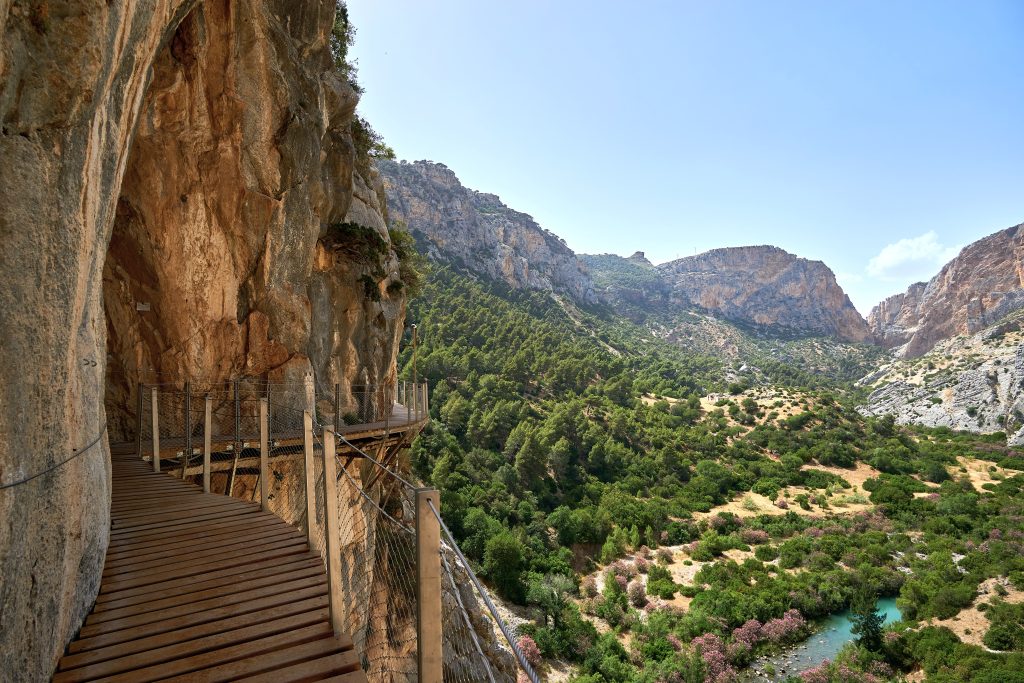
One of the most adventurous things to do in Andalucia is to visit El Caminito del Rey. This iconic walkway is suspended high above the gorge of El Chorro and offers nature lovers breathtaking views of cliffs, rivers and lush greenery. Originally built for a hydroelectric plant, it has been restored for hiking. It’s a short hike, but the memories and sense of accomplishment will last a lifetime.
Caminito del Rey is about 7.7 kilometers long. It is a one-way linear trail, and the hike typically takes about 3 to 4 hours, depending on your pace and the time spent enjoying the scenery along the way.
Live like a local in Seville
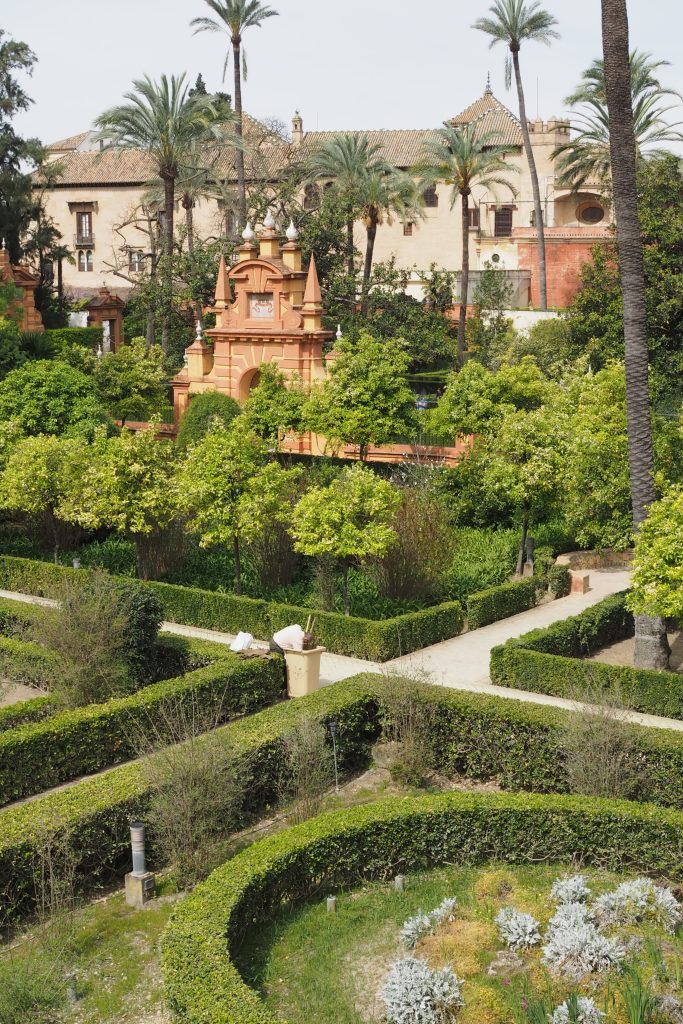
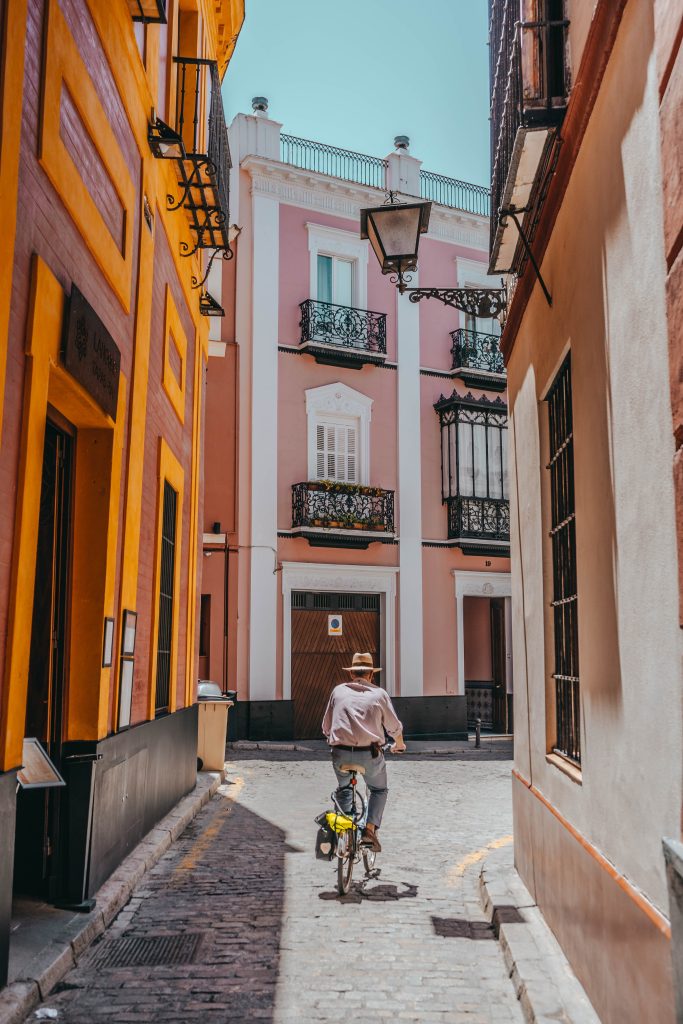
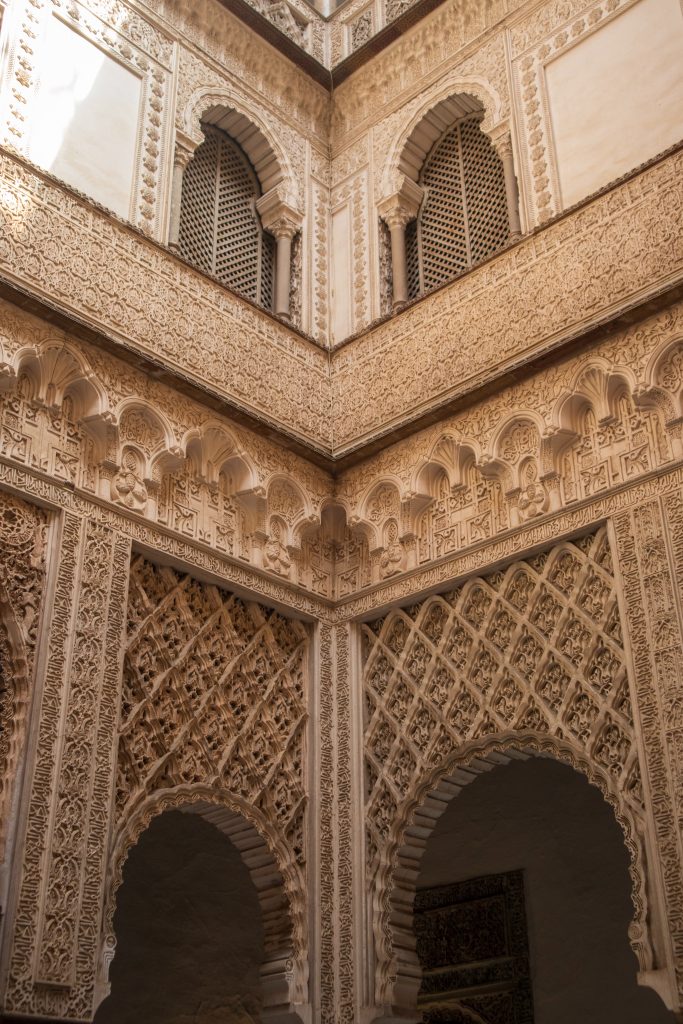
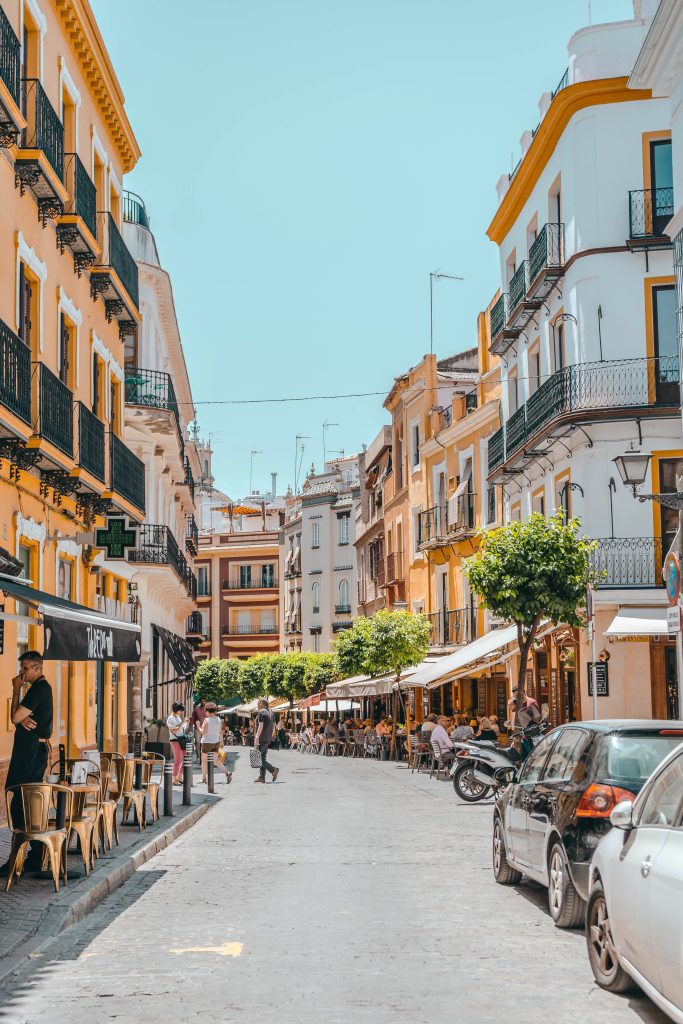
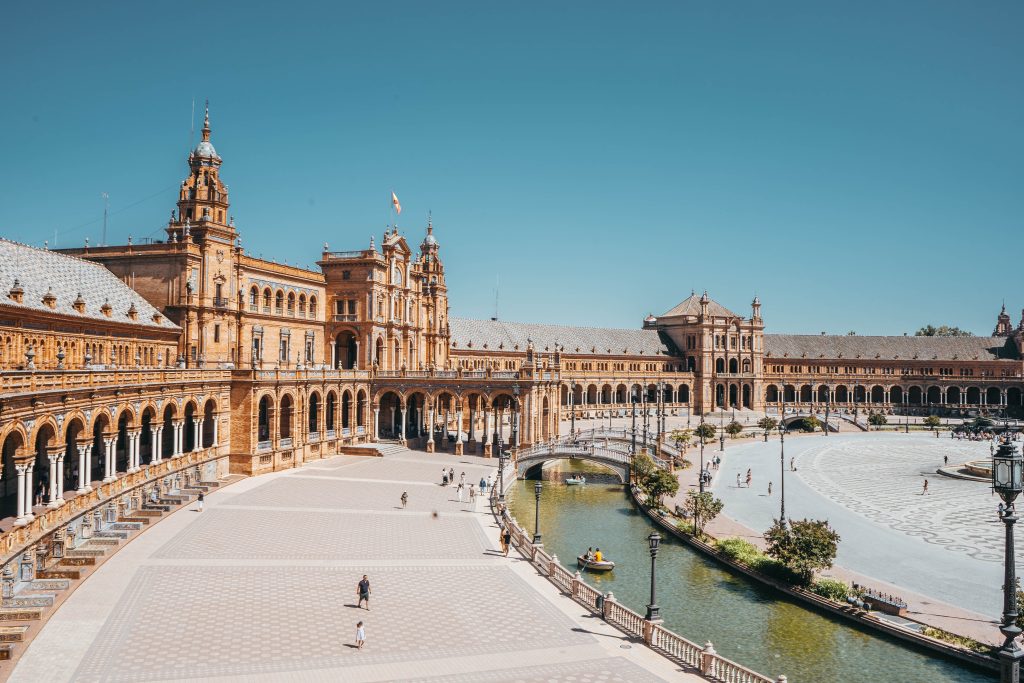
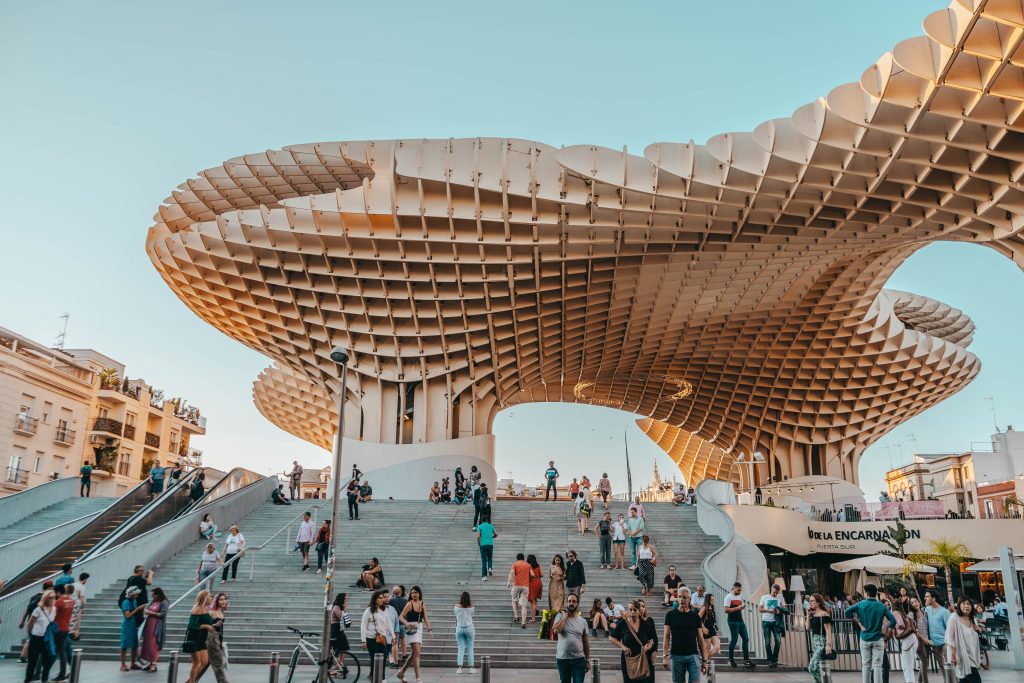
Be still our hearts: Sevilla is the place to be. Blessed with both character and beauty (it is, after all, the setting for the famous opera Carmen), the sun-drenched capital city of Andalucia effortlessly spans 3,000 years of history. In fact, it is rumored to have been founded by none other than Hercules himself.
What is the best month to visit Seville? Early March is a good time for flower lovers. Thousands of orange trees bloom and their sweet, intoxicating scent permeates the entire city. April is also a great time to visit, as Seville celebrates the annual Feria de Abril (a week-long party of non-stop street revelry), which is preceded or followed by the world-famous Semana Santa Easter celebrations.
Seville is full of friendly locals and small, cozy eateries. They make it easy to strike up a conversation and get a feel for what life would be like if you moved here.
Here are the places not to miss in Seville:
- Wander the Plaza de Espana
- Visit the Real Alcazar palace
- Admire the Metropol Parosol (and visit the roof terrace for unique views of the region)
- Visit the Casa de Pilato in the old town
- Explore Palacio de las Duenas
- Shop for ceramics in the Triana neighborhood
- Get lost in Santa Cruz, Seville’s former Jewish quarter
- Visit Seville Cathedral to see the tomb of Christopher Columbus and climb the Giralda tower
- Visit the Plaza de Toros (open to visitors even when there’s no bullfight)
- Walk along the Guadalquivir River
Soak up the sun on the Costa del Sol
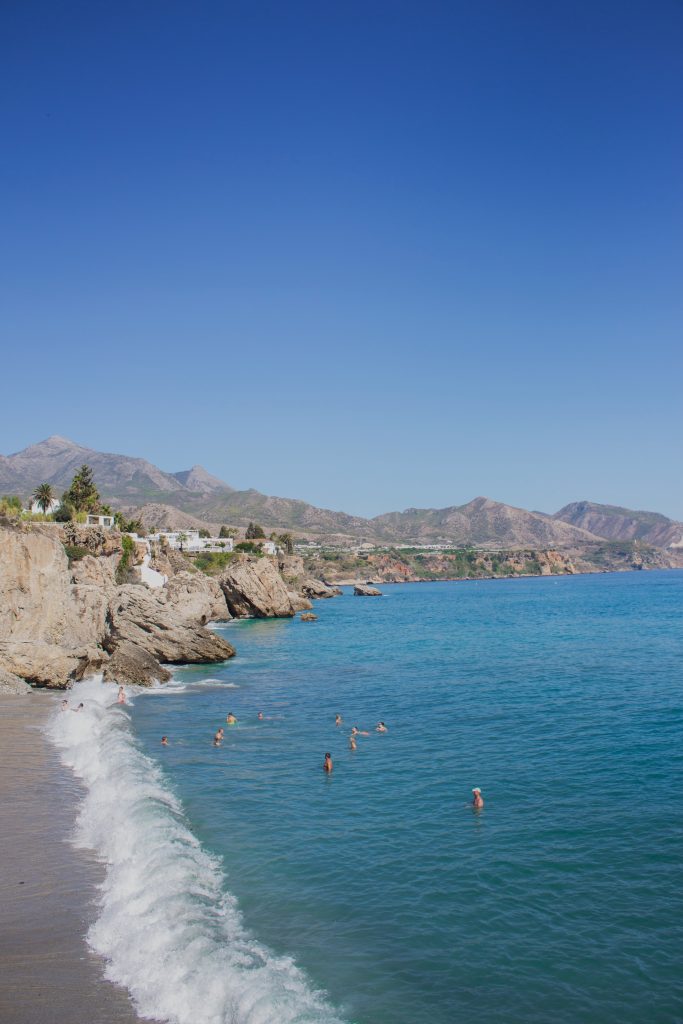
The aptly named “Sun Coast” is by no means a hidden gem. Masses of European tourists in desperate need of vitamin D therapy with a side of exotic cocktails flock to these shores every year. But don’t let the busier resorts towns (Almeria, Marbella, Fuengirola, Malaga, Torremolinos) stop you from enjoying the soothing Mediterranean waves on the quieter stretches (El Bajondillo, Ojen, Duquesa, Sabinillas, Estepona). These are some of the most beautiful beaches on the Costa del Sol and are well worth a visit.
Visit the Mosque-Cathedral of Cordoba, one of the most beautiful places in Andalucia
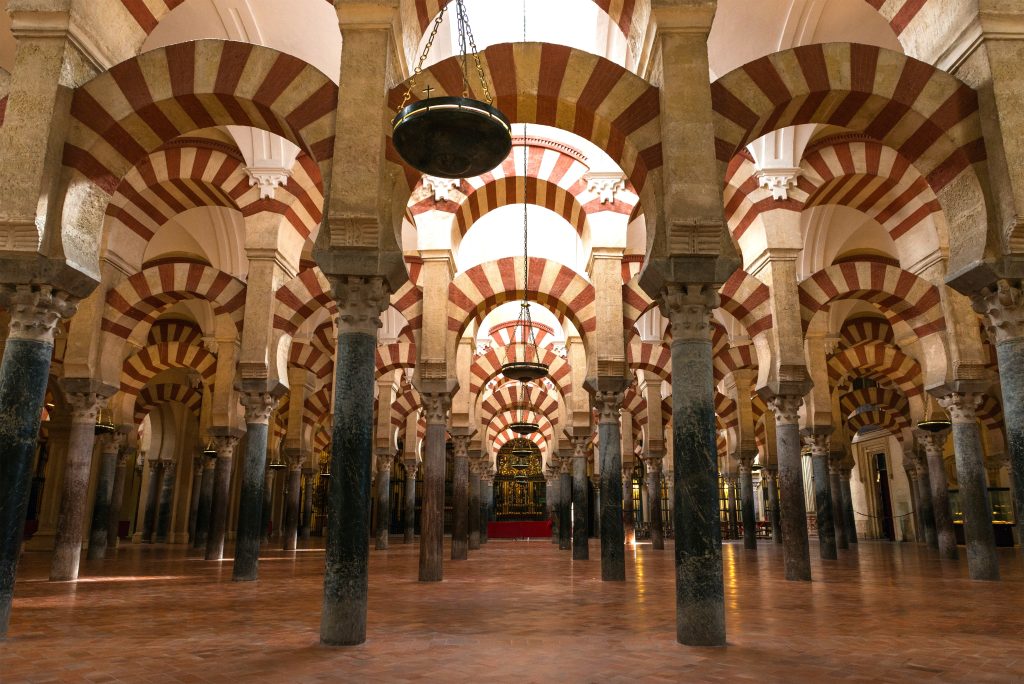
Undoubtedly a little slice of Instagram paradise, the narrow streets of Cordoba’s Jeduria neighborhood are flanked by whitewashed houses and partially hidden courtyards adorned with lush fuchsia azaleas.
But if you only have time for one stop in Cordoba, make it the mosque-cathedral Mezquita: it remains one of the world’s most important Islamic buildings, a tribute to the thriving Moorish empire that ruled most of the Iberian Peninsula six centuries ago. Cordoba was then blessed with a magnificent mosque that dwarfed all others and paralleled these new zenithes (including the now iconic prayer room filled with 850 Byzantine-inspired red and white marble arches) as the capital of the Kingdom of El-Andalus and the most prosperous city in Europe.
Explore the caves of Nerja for an unusual afternoon
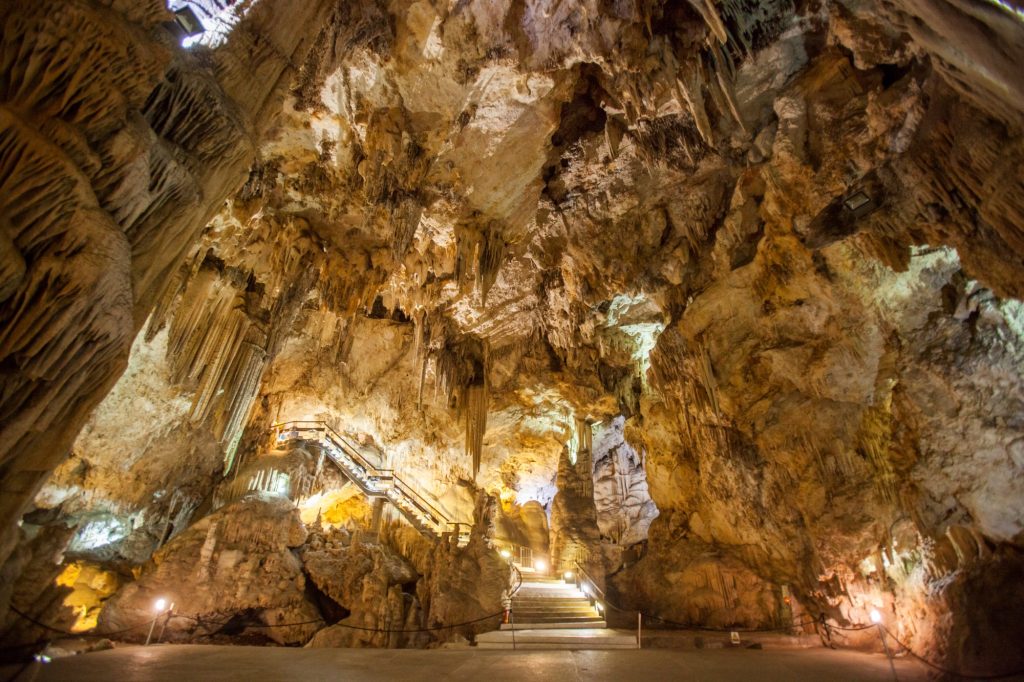
A journey to the center of the earth if ever there was one—this spectacular series of caves near Nerja stretches for almost 5 kilometers and includes a surprising variety of natural formations, with an abundance of stalactites and stalagmites. Since their opening in the 1960s, the caves have become one of Spain’s most popular attractions thanks to their unique atmosphere.
If you’re lucky, you may even catch a unique concert in one of the natural amphitheater-like chambers.
Surfing in El Palmar, a fun activity on Costa de la Luz
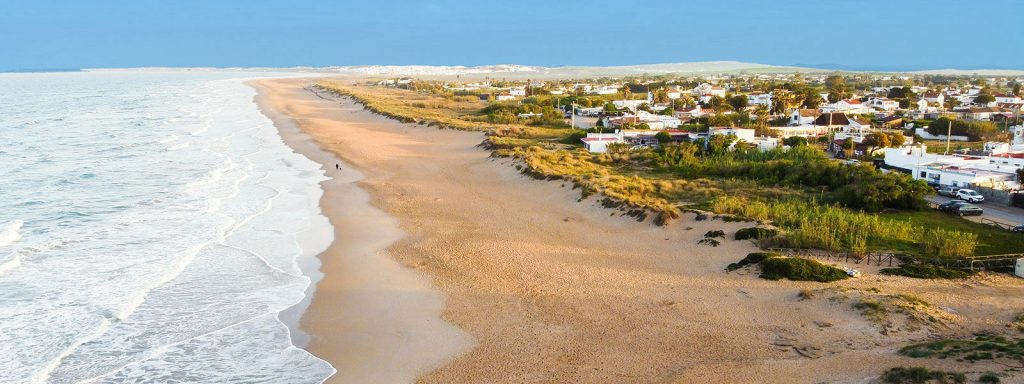
The unspoiled, windswept beaches of El Palmar have made the Costa de la Luz, by the Atlantic ocean, the undisputed Spanish surfing capital (along with other wind-based water sports). When can you surf in El Palmar? Experts say that winter and spring are the best times to visit, as waves can swell up to two meters. Naturally, the aficionados will hit the water immediately. But nature lovers and surf amateurs among you should know that there are plenty of surf schools in this part of Cadiz province.
Whichever type you are, you’ll be happy to know that there are plenty of bars and restaurants in the area—great places to unwind after a day that’s either exhausting or exhilarating, depending on your surfing skills.
